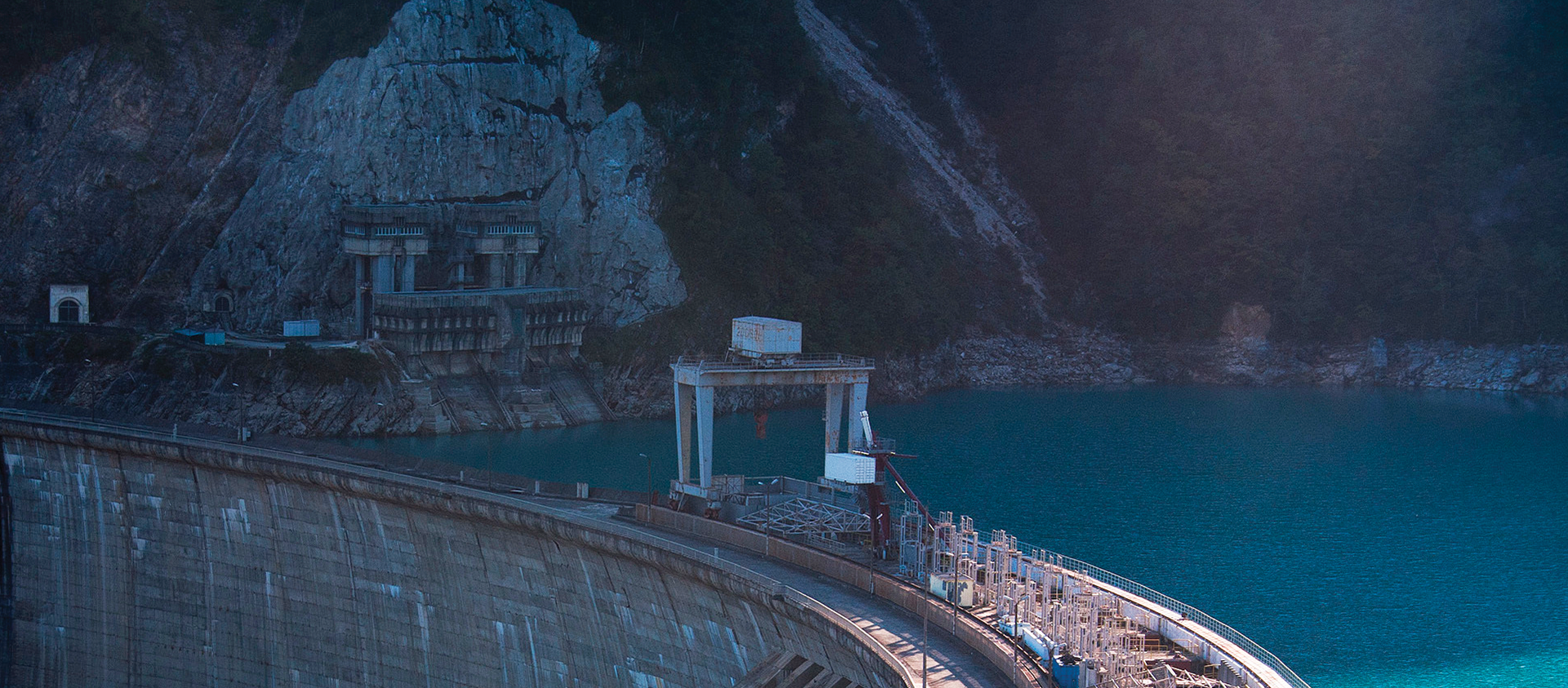From 2007 to 2011, Georgia was net electricity exporter, but since 2012, the country has become a net importer of electricity, with only exception being 2016.
With the completion of the HPPs currently under construction exports are expected to grow in the summer period, however without additional Power Plants Georgia’s generation capacity will not be sufficient to meet domestic demand in the long term, as per capita electricity consumption and industrial sector continues to grow. According to estimates, deficit by 2030 will reach more than 3 TWh.
Renewable Energy

Investment Opportunities
As consumption continues to rise not only in Georgia, but in neighboring countries as well, there is great opportunity to develop new power plants to keep up with this ever-increasing demand.
Hydro Power Plants
Georgia has more than 20,000 rivers and almost 300 of them provide excellent opportunity for hydropower generation. Georgia is one of the top countries in terms of water resources per capita and it is logical that today about 70% of total electricity is generated from Hydro Power.
All new hydro power plants are fully deregulated. Investor is free to choose the market and negotiate the price. HPPs with installed capacity of 15MW or less do not require generation license and HPPs that have installed capacity of 2 MW or less don't need environmental impact permit either. They can sell generated electricity to direct consumers without third party. Additionally, license for export are not required.
Thermal Power Plants
TPPs are source of guaranteed electricity supply. Usually, TPPs are in standby mode, ready to supply the system when needed, typically in winter period. They are vital to Georgia’s electrical stability. Because of this, even when in standby mode TPPs receive payment to cover maintenance and fixed costs. Tariffs are set by regulator.
Wind Power
Georgia offers an attractive opportunity for investments in wind power plants. Wind potential of Georgia is estimated at 4 TWh. Wind power offers great addition to hydro power generations, as wind generation is higher during winter, when hydro generation is lower. It is estimated that share of power generated by wind in Georgia will reach 10% by year 2030.
Success story of wind power in Georgia is Qartli 1 projetc, which was first wind power plant project in Georgia, in the area of Gori and Kareli municipalities, with installed capacity of 20.7 MW and annually generated electricity equivalent to 84 100 000 mln kWh. Qartli Wind Farm was awarded as a best Renewable Energy Deal of 2016 by EMEA Finance. The project was privatized in 2019.